In recent years, significant changes have taken place in the energy policies of Central Asian countries.
The region's countries, including Kazakhstan, Uzbekistan, and Turkmenistan, are actively seeking to maximize their carbon hydrogen potential. The main goal is to export their resources to the international market. However, many pipeline projects are facing significant political challenges.
Kazakhstan's efforts:
Kazakhstan has been actively pursuing the development of its oil and gas sector. In 2023, the country's oil production reached 63.4 million tons. The government plans to increase exports to 70 million tons by 2024. Kazakhstan is also focusing on diversifying its oil export routes, including the development of the Caspian Pipeline Consortium (CPC).
Uzbekistan's efforts:
Uzbekistan is also taking steps to increase its gas production and exports. In 2023, the country's gas production was 46.7 billion cubic meters, which is a significant increase from previous years. Uzbekistan has also been working on developing its oil and gas infrastructure, including the construction of new pipelines.
Turkmenistan's efforts:
Turkmenistan has been focusing on developing its gas industry and increasing exports to China. The country has also been working on developing new pipelines to supply gas to Europe and other regions. Turkmenistan has also been seeking to diversify its energy exports, including the development of oil and gas fields in Iran.
Iran's influence:
Iran is playing a significant role in the region's energy landscape, particularly in terms of gas exports. Tehran has been actively pursuing the development of its own gas resources and is seeking to export gas to Europe and other regions. Iran has also been working on developing new pipelines, including the construction of the Mir pipeline.
Regional cooperation:
Regional cooperation is also playing a significant role in the development of the region's energy sector. The three Central Asian countries - Kazakhstan, Uzbekistan, and Turkmenistan - are working together to develop new pipelines and export routes. This cooperation is seen as a key factor in the region's energy development.
Conclusion:
The region's energy sector is undergoing significant changes, driven by growing demand for energy resources and increasing competition among regional players. The three Central Asian countries - Kazakhstan, Uzbekistan, and Turkmenistan - are actively seeking to maximize their carbon hydrogen potential and diversify their energy exports. Regional cooperation and new pipeline projects are key factors in this process.
Bütün xəbərlər Facebook səhifəmizdə


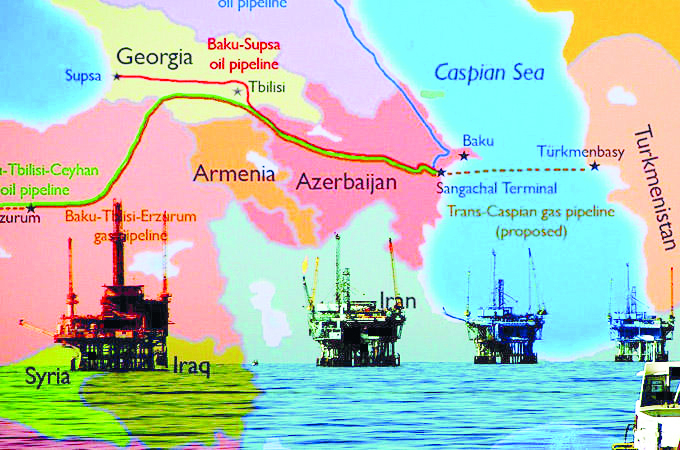




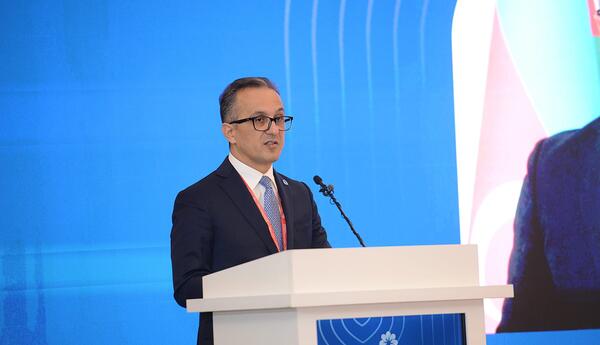
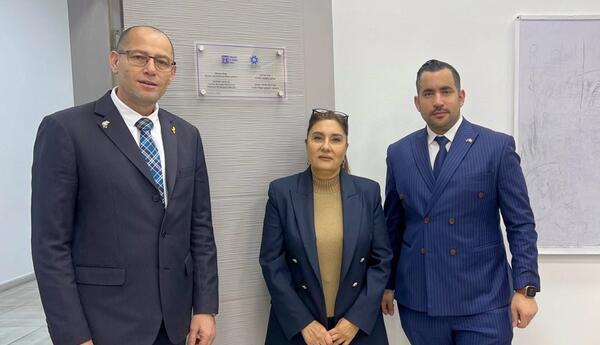
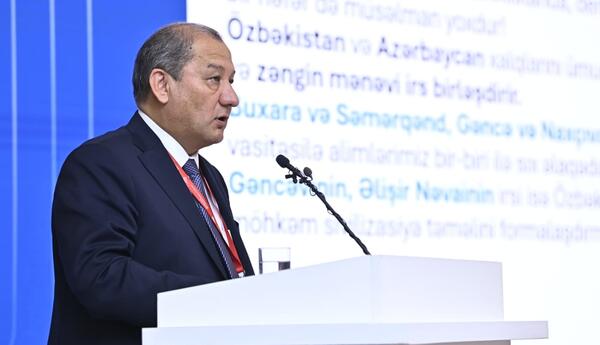
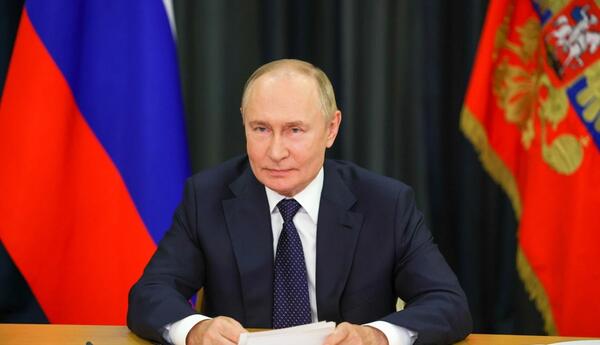

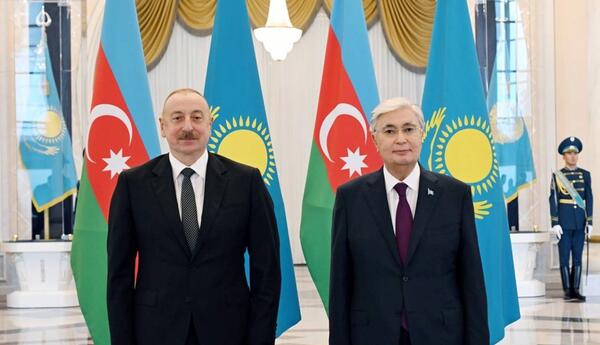


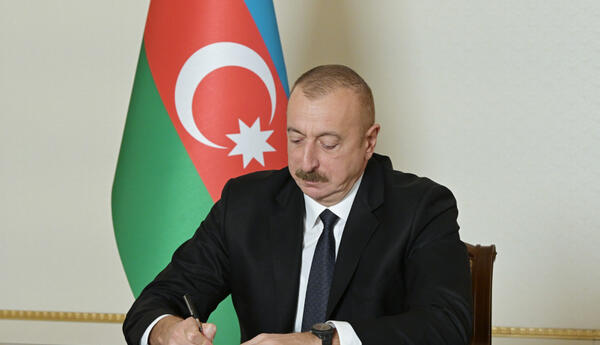









.jpg)




 USD
USD
 EUR
EUR
 GBP
GBP RUB
RUB
